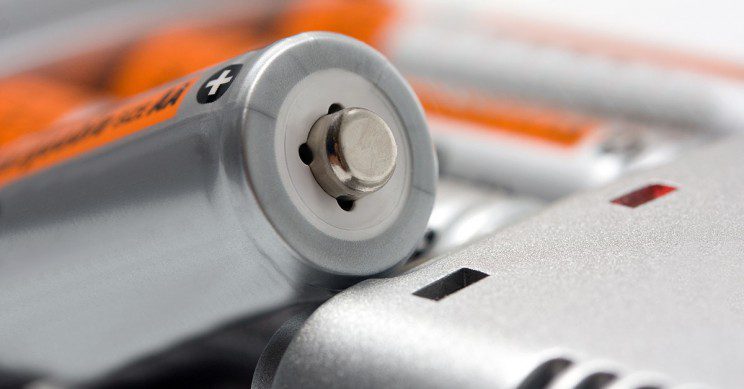By Carter Hammett
And they said salt was bad for you. The race is clearly on to build a better battery. Millions of dollars are being pumped into start ups. Billions on research and development. Automakers, oil companies and other multinationals are waking up and realizing that energy storage is the next great driver of the 21st century. Think that’s a tch exaggerated? Think again. What coal was to the 19th century and oil was to the last, energy storage will be the next great playground—and battleground—of the current.

The battery race can be roughly divided into two separate beats: electric cars and electric grids. The former’s expected to jump to investments of $41 billion by 2024, according to fortune.com. On the other hand, grids, which are designed to store massive amounts of energy for up to weeks at a time, are, in theory, supposed to leave fossil fuels far far behind, where they belong, despite their reliability.
Broken down into the simplest terms, the amount of energy a battery can contain is called energy density. This largely depends on how many ions the battery’s anode can store. With more ions, the more electrons that battery will generate to keep the thing running. That’s about all the science we’ll have for today kids.
Where things get dicey is that almost all batteries get their ions from the one element: lithium. The element is favoured because a multitude of ions can be stuffed into a battery. Thus, everything from your electric car to your cell phone uses lithium ion batteries. In fact the technology has composed over 85 per cent of global energy storage deployments for the past three years. But is the industry leader always the best? In addition to cost, one of the ongoing concerns about lithium is safety. Earlier this year numerous fires in energy storage hubs in both South Korea and the United States, among other locations were reported.
Electrolytes used in batteries today are potentially hazardous, especially when exposed to oxygen and handled improperly. Some cathodes can release oxygen within the cell under higher temperatures, despite the fact that the batteries remain sealed from external sources of oxygen.
It’s natural then to reflexively look at alternate power sources. One of these, sodium ion, has been able to rack up points in the safety department, but less so in the performance department. Researchers at the University of Houston earlier this year introduced a method of extending the cycle lives of these batteries allowing them to reach a higher energy density.
Sodium is attractive on a number of levels. Unlike lithium, which is both expensive and limited, sodium is both abundant and cheap. According to sciencedaily.com, sodium-based components also have the potential to generate much faster charging times using an appropriate crystal design. The research isn’t entirely foolproof yet. Non-flammable solids moving sodium ions between electrodes, tends to break down rather quickly (Okay, maybe that’s not all the science for today). University of Houston researchers are working on addressing this durability problem and other issues. When ready, low-voltage uses could be promptly identified for it, such as wearable devices. Electric cars may have to wait a while before successfully determining sodium’s potential in that domain.
However, sodium ion could be a pragmatic solution for grid storage since the energy density is lower. This could also have benefits in creating a more diverse energy infrastructure since many countries still rely heavily on fossil fuels for energy production. Whatever the outcome, there’s lots of fascinating stuff coming down the pipeline. It’s time to say goodbye to fossil fuels and embrace the future, ripe with sustainable possibility that guides us into tomorrow.

